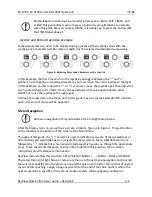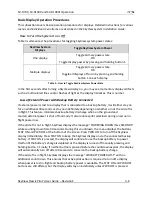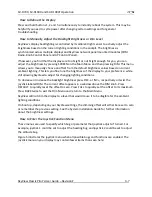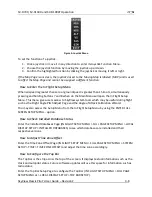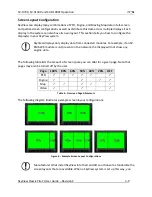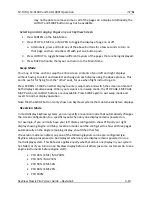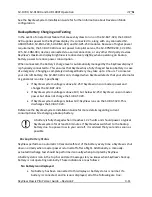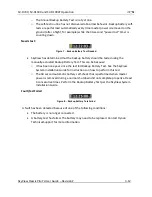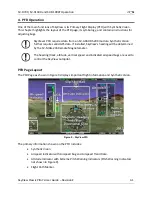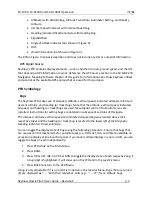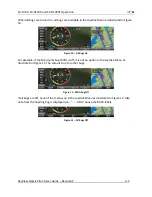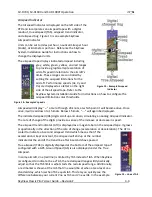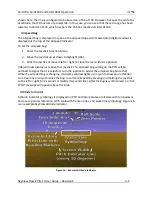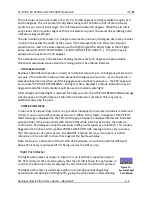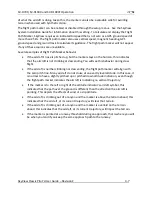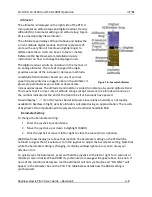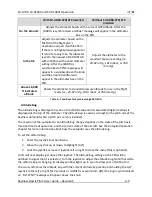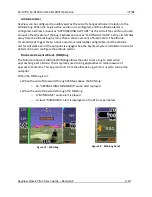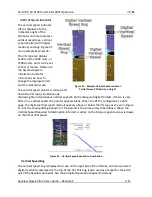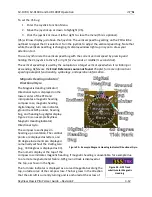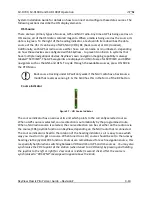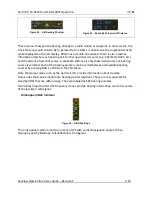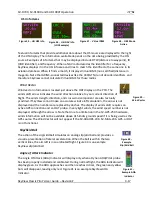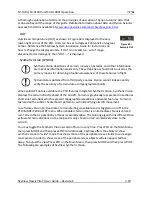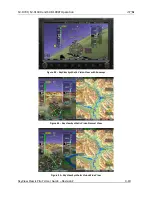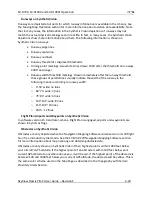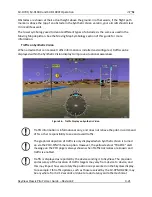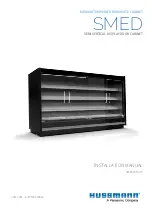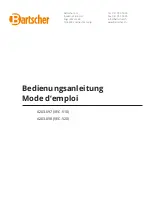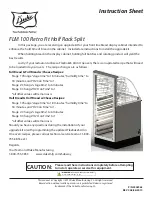
SV-D700, SV-D1000 and SV-D1000T Operation
SkyView Classic Pilot’s User Guide –
Revision Z
4-6
The roll scale contains tick marks at 10, 20, 30, and 60 degrees and larger white triangles at 0
and 45 degrees. The roll pointer (small yellow triangle on the bottom side of the roll scale)
points to your current bank angle. The roll scale will rotate 360 degrees. When the aircraft is
wings level, the roll pointer aligns with the roll scale zero point. The water line symbology also
indicates wings level flight.
The pitch scale has tick marks in 2.5 degree increments and every 10 degree tick mark provides
a horizon line across the width of the screen. If the displayed pitch on the screen requires
adjustment to match the view outside, use the Flight Angle Pitch Adjust Page in the In Flight
Setup Menu (IN FLIGHT SETUP MENU > FLIGHT ANGLE PITCH ADJUST…). The pitch may be
adjusted to a maximum of ±20 degrees.
The extended zero pitch line features heading markers every 30 degrees to help maintain
directional awareness when attention is being paid to the attitude indicator.
Attitude Rate Limit
SkyView’s ADAHRS will operate normally
at rotational rates of up to 150 degrees per second in
any axis. If the aircraft’s rotational rate exceeds 150 degrees per second –
as can happen in a
well-developed spin or when performing aggressive aerobatic maneuvers
–
the PFD page will
annunciate “ATTITUDE RECOVERING”. During this time, SkyView’s attitude indication may be
degraded and other instruments should be used to maintain safe flight.
After straight and level flight is restored for a few seconds, the ATTITUDE RECOVERING message
will disappear. Full performance of the attitude indication is restored. This requires no
additional action by the pilot.
CHECK PITOT HEAT
In the event of airspeed loss (due to icing or other blockage) an accurate attitude is maintained
if there is an accurate GPS ground speed source.
When in this mode, a magenta CHECK PITOT
HEAT message is displayed on the PFD and the ground speed is displayed below the indicated
airspeed (IAS). If the connectivity with the GPS fails while in GPS assist mode, the attitude
continues to be displayed, using the last known GPS ground speed as a reference. This mode is
flagged on the horizon with a yellow CROSS CHECK ATTITUDE message. In the very rare case
that this sequence of events occurs, the ADAHRS’ attitude accuracy is reduced; use othe
r
references in the aircraft to cross-check against the SkyView display.
Note that due to a limitation of the SV-GPS-250 hardware, it cannot be used for GPS Assist
above 415 knots ground speed if it is being used as the GPS source
Flight Path Marker
The flight path marker as shown in Figure 17 is an icon that is superimposed on
the PFD. It depicts the actual trajectory that the aircraft is flying through space. In
contrast, the attitude indicator displays the direction that the aircraft is pointed.
The flight path marker is extremely helpful in correlating and distinguishing
between aircraft attitude and flight path, giving the pilot a better understanding
Figure 17
–
Example Flight
Path Marker

